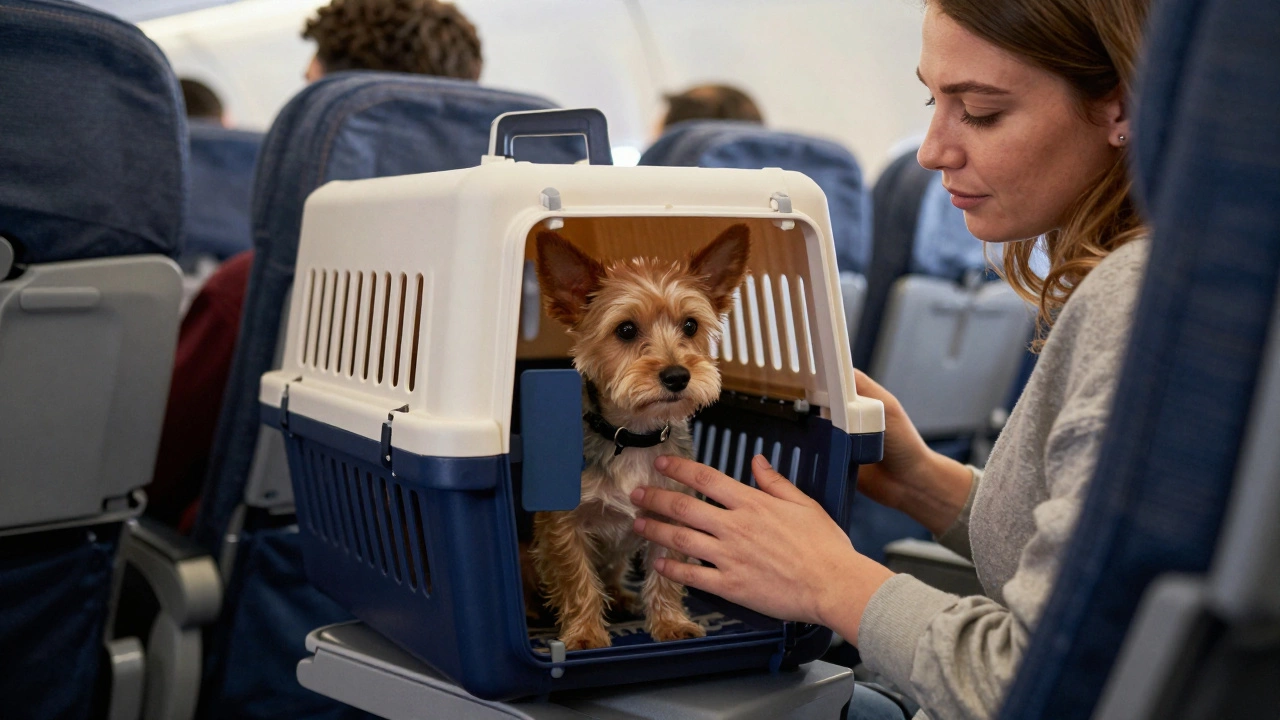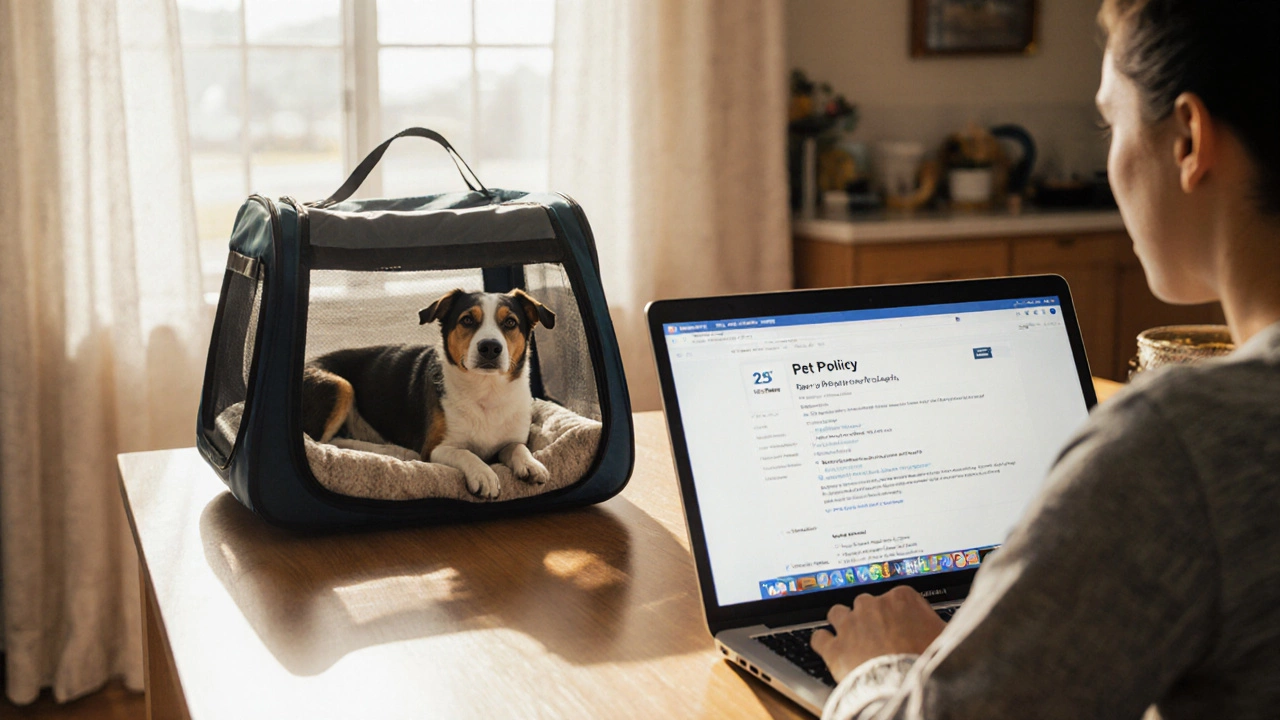Flying with Dogs – Your Complete Guide
When planning Flying with Dogs, transporting a canine on a commercial flight. Also known as dog air travel, it blends logistics, health checks and a dash of pet‑parent patience. Flying with dogs isn’t just packing a bag; it’s a mini project that demands the right gear and clear paperwork.
Key Gear and Regulations
The first hurdle is the airline’s rulebook. TSA Approved Pet Carrier, a container that meets both TSA and airline size standards is non‑negotiable. Without a carrier that fits under the seat or meets cargo dimensions, the journey stalls at check‑in. The carrier’s venting, secure latch and sturdy build directly affect your dog’s comfort, making it the most critical piece of equipment for a smooth flight.
Choosing between cargo and cabin also reshapes the experience. Cargo vs Cabin, the decision to place a dog in the aircraft’s cargo hold or in‑cabin with you influences temperature control, handling procedures and the level of anxiety your dog might feel. Cabin travel lets you keep an eye on your pet, while cargo can be less stressful for larger breeds that don’t fit under the seat.
Dog travel anxiety is a real factor. Dog Travel Anxiety, stress responses dogs show during transit, like whining, pacing or panting can turn a routine flight into a nightmare. Recognizing early signs—excessive drooling, trembling, or frequent barking—helps you intervene with calming aids or a brief walk before boarding.
Preparation starts with health. A vet check‑up confirms your dog is fit for altitude, up‑to‑date on vaccinations and cleared for travel. Some owners consider Pet Travel Sedation, light, vet‑approved medication to reduce flight stress, but only after a professional assessment. Over‑sedating can impair a dog’s ability to regulate temperature, so dosage matters.
Documentation is the paperwork backbone. A pet passport (or the UK equivalent) lists microchip ID, rabies vaccine dates and any required health certificates. Airlines often require the carrier’s dimensions, proof of recent vet visit and, for some destinations, a blood test confirming rabies immunity. Having these files organized in a folder saves time and avoids last‑minute gate hassles.
On the day of travel, a few practical moves keep things calm: give your dog a light meal a few hours before departure, ensure the carrier has a familiar blanket, and walk the dog to expend excess energy. If you’ve chosen a calming aid, follow the dosage instructions and test it at home weeks before the flight. These steps, combined with a good carrier and clear paperwork, turn a potentially stressful event into a manageable adventure.
Below you’ll find a curated collection of articles that dive deeper into each of these topics—from picking the perfect carrier to handling anxiety signs and understanding cargo regulations. Explore the tips, tools, and expert advice to make your next flight with your furry friend as smooth as possible.
Can You Buy a Seat for Your Dog on an Airplane? Here's What Actually Works
You can't buy a seat for your dog on an airplane, but you can fly with them safely in-cabin or cargo. Learn the real costs, rules, and paperwork needed for pet travel in 2025.
Can I Fly with a 25‑lb Dog? Airline Rules, Costs & Practical Tips
Learn if a 25‑lb dog can fly in cabin or cargo, airline policies, fees, required documents, carrier tips, and stress‑reduction tricks for a smooth pet travel experience.

